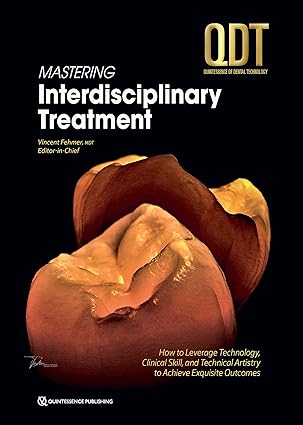Using a meaning-based approach that emphasizes the "why" over the "how to," Psychometrics: An Introduction provides thorough coverage of fundamental issues in psychological measurement. Author R. Michael Furr discusses traditional psychometric perspectives and issues including reliability, validity, dimensionality, test bias, and response bias as well as advanced procedures and perspectives including item response theory and generalizability theory. The substantially updated Third Edition includes broader and more in-depth coverage with new references, a glossary summarizing over 200 key terms, and expanded suggested readings consisting of highly relevant papers to enhance the book’s overall accessibility, scope, and usability.
چکیده فارسی
با استفاده از یک رویکرد مبتنی بر معنا که بر «چرا» به جای «چگونه» تأکید میکند، روانسنجی: مقدمه پوشش کاملی از مسائل اساسی در اندازهگیری روانشناختی ارائه میکند. نویسنده R. Michael Furr دیدگاهها و موضوعات روانسنجی سنتی از جمله قابلیت اطمینان، اعتبار، ابعاد، سوگیری آزمون، و سوگیری پاسخ و همچنین رویهها و دیدگاههای پیشرفته از جمله نظریه پاسخ آیتم و نظریه تعمیمپذیری را مورد بحث قرار میدهد. ویرایش سوم بطور قابل ملاحظه ای به روز شده شامل پوشش گسترده تر و عمیق تر با مراجع جدید، واژه نامه ای که بیش از 200 اصطلاح کلیدی را خلاصه می کند، و خوانش های پیشنهادی گسترده شامل مقالات بسیار مرتبط برای افزایش دسترسی کلی، دامنه کتاب، و قابلیت استفاده.
ادامه ...
بستن ...
- Publisher: SAGE Publications, Inc; Third edition (December 27, 2017)
- Language: English
- ISBN-10: 1506339867
- ISBN-13: 978-1506339863
ادامه ...
بستن ...









![Clinical Management of Swallowing Disorders (6th Edition) [2025] - Orginal Pdf Clinical Management of Swallowing Disorders (6th Edition) [2025] - Orginal Pdf](https://dl.libsan.ir/images/1/12/Clinical Management of Swallowing Disorders_68fdc2997972e.webp)
